|
Click for Audio
|

Discovering under-the-radar Colombia through its food
In Bogota we were taught to make ajiaco, a soup of chicken breast, three types of potatoes, chunks of corn on the cob, garlic, onions and a herb called guasca, which grows throughout the Americas, and lends the soup its distinctive arugula-like flavor. It was one of the best meals I had in Colombia.
I was on a Colombian “learning journey,” and would travel West from Bogota to the coffee-growing region of Armenia; to Medellin; and finally to the Pacific Coast, accompanied by three other people and our guide and host, 32-year-old Alan Wagenberg. And one of the greatest things I learned along the way was the Colombian way with food.
In Bogota, fruit was everywhere. At the market we tried orange-hued gooseberries, granadillas and pitaya, a species of cactus species that can cause gastro-intestinal difficulties. Ours was sweet. We’d countered all this sweetness with sour apple, lulu, and tart passion fruit, maracuya.
Now we were taking a cooking lesson at a vegetarian restaurant.
While the soup simmered, we made arepas, the basic side to every Colombian meal, and the only truly tasty ones I had. Many South Americans take the shortcut, and use premixed corn flour. We made ours the traditional, labor-intensive way, soaking the corn kernels, then simmering them until they resembled cooked pasta.
We kneaded the dough, then shaped it into smooth balls, and rolled them into saucer-like disks. We browned them lightly on both sides, in a heavy skillet.
For the empanadas, we made a filling of cooked quinoa, carrot, onion and parsley. We folded the disks in half, pinched and crimped them ornately to seal them and then deep-fried them until they were golden brown.
For dessert — blackberry dulce– the women picked wild blackberries. We cooked these with unprocessed cane sugar. A dollop of creme fraiche elevated the dish to gourmet status.
We ended our last day in Bogota in revelry at Andres Carne de Res. I know no restaurant like it. It seats about 2,000 people, but the layout is such that it feels intimate.
At Andres Carne de Res
The menu arrived in a gray metal box with a handle that was cranked to scroll through the hundreds of choices.
This restaurant was all about meat. In one preparation, a clean white cotton cloth was layered with a quarter inch of salt and sprinkled with fresh oregano. Beef tenderloin was placed on top. The meat was then rolled into a tight cylindrical loaf, and placed directly on red-hot charcoal. It was cooked eight minutes on each side, until it resembled a fire-charred log. Then the char was cracked, to reveal the tender meat inside. I had fire-grilled beef: cooked to order, tender and range-fed scrumptious.
The ambiance was festive, the atmosphere electric, the music appealingly energizing. There were live marching bands. Transvestite orchestral quartets tossed sashes over the diners. Our downfall was the aguardiente, Colombia’s anise-flavored sugar cane liquor. We drank shot after shot.
Real Colombian Coffee
The next day we flew west to Armenia, the capital of one of three departments in the Colombian coffee-growing axis. We were met by Jayson, the manager of the coffee plantation El Algrado.
For the next few hours we were his students. We learned about plant cultivation, harvesting, processing, selection, roasting, blending, shipping and marketing. We saw lush coffee bushes laden with both ripe (red) and immature (green) coffee cherries.
The red cherry is sweet, with just a subtle hint of coffee flavor. We visited the selection, roasting and testing rooms, and tried assessing the quality of the final product based on scent and taste.
Red means ripe; green, not yet
Leaving the plantation, we drove along roads lined with groves of plantain, banana and papaya.
Later, a man on horseback arrived at our accommodation, La Residencia en la Tierra, a lodging and creative space, leading five horses. I hadn’t ridden a horse for about 40 years, so I was somewhat intimidated. I was given El Paloma, a white, gentle, pokey creature. She didn’t like being last, though, and gave me an adrenalin rush each time she picked up her pace to stay near the front.
About 40 minutes into the ride over the hilly, hummocked terrain of the 1000-hectare farm, it began to rain hard.
Our plan to ride to a pineapple field for a fresh sweet treat was shelved. Instead, we took shelter at the shack of one of the farm’s cooks. While we waited on the rickety, corrugated iron-roofed porch for the rain to abate, she made us warming hot chocolate with panela, Colombia’s brown cane sugar.
We took a cable car ride back down the mountain, to the Botanical Garden of Medellin, and lunch at its restaruant, In Situ. This open and airy restaurant overlooks a pond, and flower, herb and vegetable gardens. Since I raise orchids, I was particularly interested in those grown in the orquideorama. They did not disappoint.
We left for the Pacific Coast, where for the next three nights we’d stay in log cabins at Utria National Park, a accessible only by boat. At the cabins, we were met by Maria and Ides, who made me feel as though I’d arrived at the home of beloved aunties.
Meals at Utria were based mostly on the locals’ catch of the day. We arrived at camp famished, and so greatly appreciated our dinner of vegetable soup, fried fish, French fries, cabbage salad, arepas and freshly-squeezed orange juice.
Over the next few days, there wasn’t much dietary variety, but everything Maria and Ides prepared was fresh and delicious. For one dinner, Ides grated coconuts to make a flavorful rice dish. Another time, Maria conducted a cooking lesson. After forming and frying arepas, we slit each one and slipped a raw egg inside, then deep fried them.
The day we hiked to Cocalito Beach, Maria and Ides prepared fish empanadas for breakfast, which fueled us well for the challenging trek. For two hours we inched our way over three miles of roots, rocks and boot-sucking slime and through swirling mountain streams to reach this pristine place.
Maria
Ides
For our breakfast empanadas
Wearing rubber boots, we took a boat across the inlet, then followed our guide Antonio up and down a slippery, root-filled, boulder-strewn, red clay mountain. Once we reached the crest, the remainder of the hike was mostly in the middle of shallow, fast-flowing mountain streams. Though it was hot and humid in the forest, the cool water flowing over our boots prevented any suffering.
Another day we traveled by boat to the village of El Valle, some of us completing the last six miles by hiking. The initial stretch paralleled that of the hike to Cocalito Beach: uphill and down over red clay, roots and rocks. Our guide, Sparrow, gathered some oranges, peeled and quartered them with his machete, and distributed the chunks among us.
After two hours, we arrived at the September Station, a refuge for sea turtle eggs. The manager showed us the compound where the eggs are secured from predators. He offered us fresh coconut milk for 5,000 pesos ($2.50). He cleaned up each coconut, then lopped off the top, and handed it over. Sparrow, in the meantime, had split a coconut open so we could eat the meat.
Coconut milk break
We completed the hike along the beach under a hot sun. Most of us took off our rubber boots, enjoying the freedom of walking on smooth, compact black sand. Along the way, I found six sand dollars, though only one survived intact all the way to El Valle.
On and on we trudged.
There wasn’t much to do in the tiny village of El Valle. However, that evening we were entertained by a group of high school students, under the direction of their teacher. They performed traditional Colombian dances, poured us shots of sugar cane liquor and got us up to dance.
High school students performing in the village of El Valle.
The next morning after breakfast, we set out on a paved road that ended abruptly, and gave way to a ribbon of cavernous ruts, flowing water, slop, muck and boulders.
No wonder Sparrow crossed himself before we headed out.
The author, with a new friend.

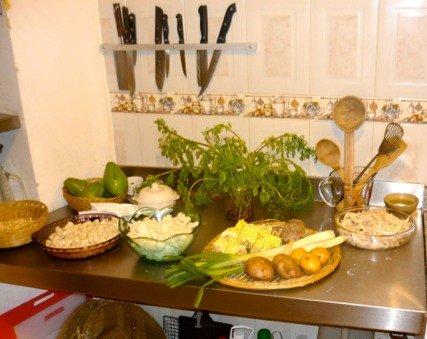
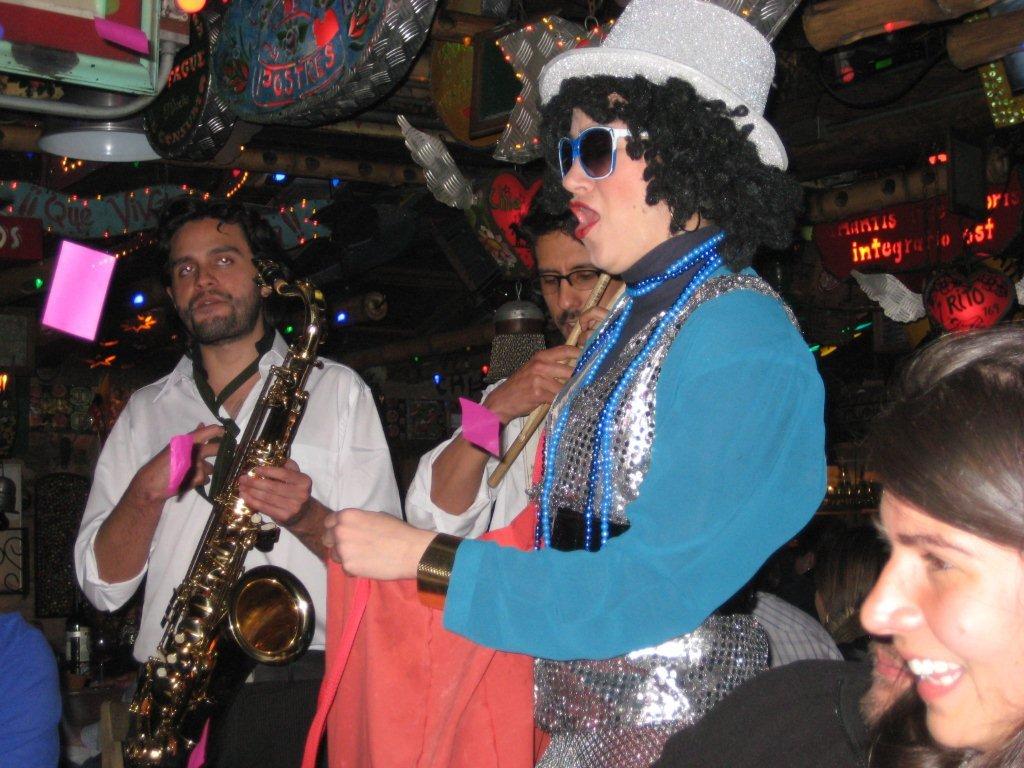


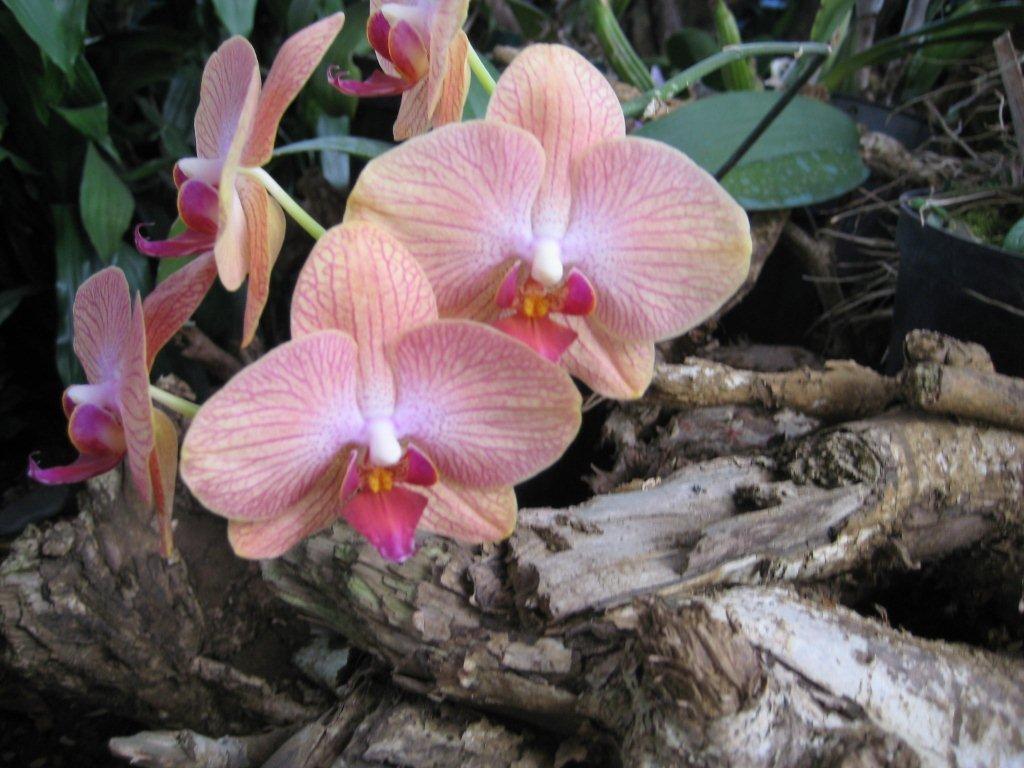

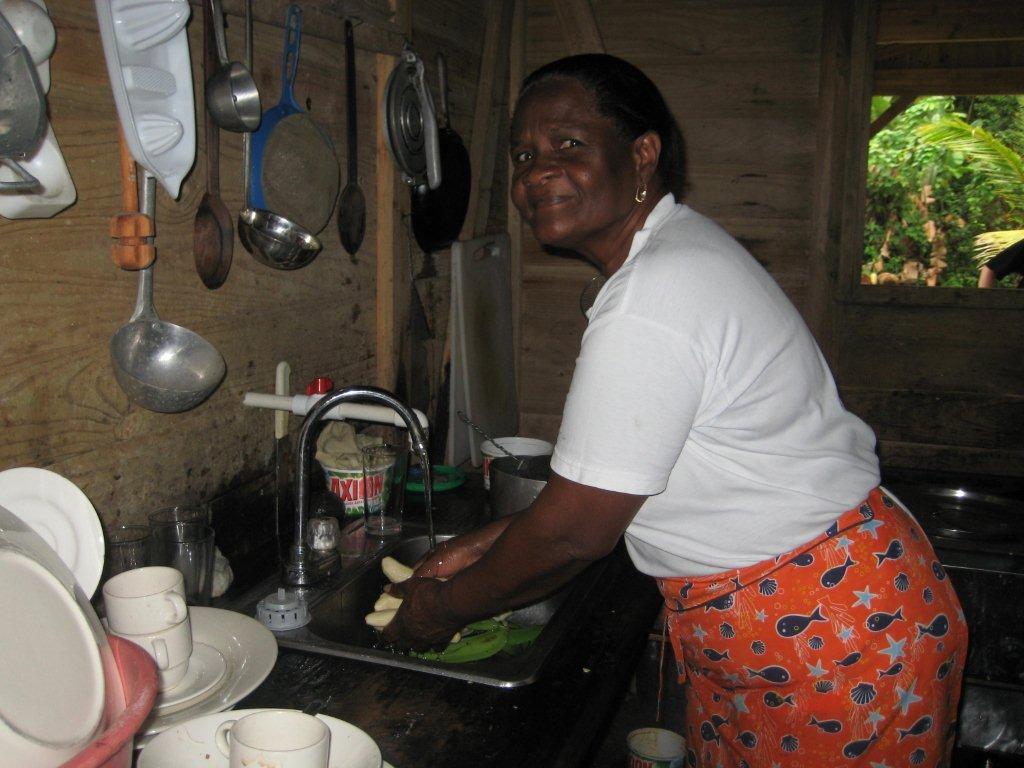
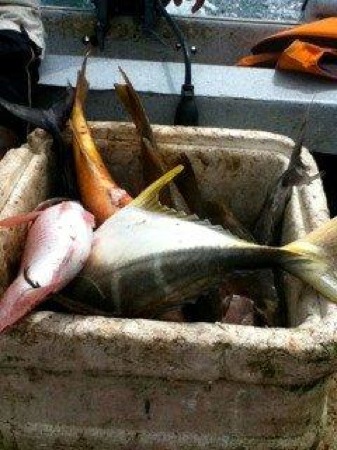

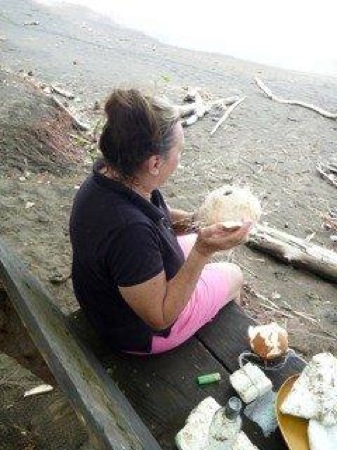
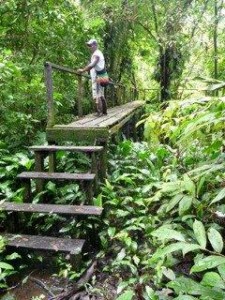
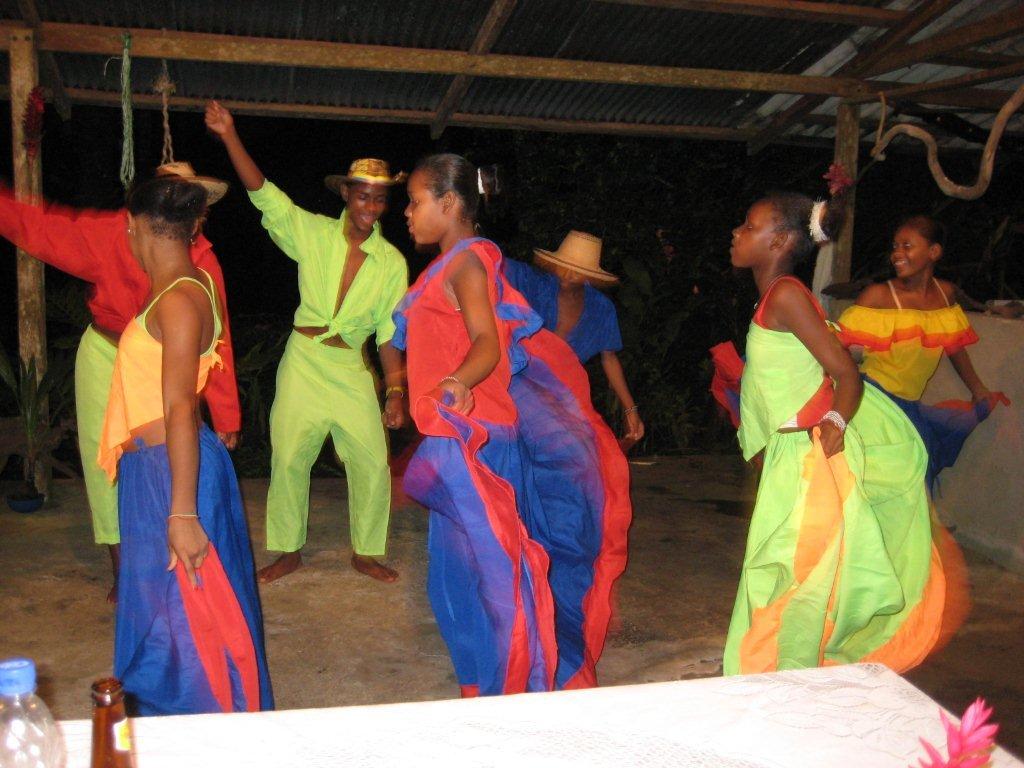




February 17th, 2011 at 2:10 pm
Very well written and interesting article - makes one want to visit Colombia!
February 18th, 2011 at 4:33 pm
hi lili good to see u are still having great adventures - we last saw u in deep south NZ where we live. I travelled Colombia in 1975, quite the most risky place even after most African countries. We had a great experience though as did you. Vive les voyageurs!
March 27th, 2011 at 6:10 pm
Wonderful article. Am planning a trip there. Which month did you go or recommend?